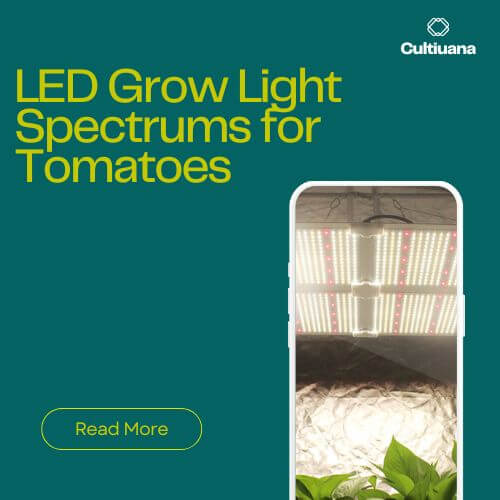
When Do Buds Grow The Most?
Cannabis buds grow the most during the flowering stage, which typically lasts for 6-8 weeks. During this stage, the buds produce the highest levels of cannabinoids, the chemicals that give the plants its psychoactive and therapeutic effects.
The exact timing of the flowering stage can be different depending on the strain and the growing conditions.
However, there are a few general guidelines that can help you determine when your cannabis buds will grow the most:
Photoperiod cannabis plants will start to flower when the days become shorter, typically in late summer or early fall.
Autoflowering cannabis plants will start to flower automatically, regardless of the day length, typically after 3-4 weeks of vegetative growth.

Here's a breakdown of the cannabis growth stages:
| Stage | Duration | Focus | Key Considerations |
|---|---|---|---|
| Vegetative | 2-4 weeks | Root system, stem, leaves | Light (18-20 hrs), nutrients, temperature (70-80°F), humidity (50-60%) |
| Transition | 1-2 weeks | Pre-flower formation | Maintain vegetative conditions, observe pre-flower development |
| Flowering | 6-8 weeks | Bud & cannabinoid production (THC, CBD) | Light (12 hrs), specific spectrum (3000K-4000K), nutrient adjustments, temperature (65-75°F), monitor bud & trichome maturity |
Once your cannabis plants have started to flower, you can expect to see significant bud growth in the coming weeks. The buds will start to swell and become more dense, and they will develop a sticky resin that contains the highest levels of cannabinoids.
Here are some tips for maximizing bud growth during the flowering stage:
Provide your plants with plenty of light. Cannabis plants need at least 12 hours of light per day during the flowering stage.
Use a nutrient-rich fertilizer. Cannabis plants need a lot of nutrients to support bud growth. Use a fertilizer that is specifically designed for cannabis plants.
Control the temperature and humidity. Cannabis plants thrive in warm, humid conditions. Aim for a temperature of around 70-80 degrees Fahrenheit and a humidity level of around 50-60%.
Water your plants regularly. Cannabis plants need to be watered regularly, but not too much. Water them when the top inch of soil feels dry.
With proper care, your cannabis plants will produce large, healthy buds that are full of cannabinoids.
Here's an enhanced version of the response with additional information about LED grow lights:
In the world of cannabis cultivation, LED grow lights have emerged as a game-changer, offering a multitude of benefits that surpass traditional grow lamps.
Their ability to promote healthy plant growth, reduce energy consumption, and minimize heat generation makes them an invaluable asset in the cannabis industry.
During the flowering stage, LED grow lights play an important role in maximizing bud growth. The targeted light spectrum emitted by LED lights stimulates bud development and enhances cannabinoid production, leading to larger, more potent buds.
Here are some specific advantages of using LED grow lights for cannabis cultivation:
Enhanced Light Specificity: LED grow lights can be precisely tuned to emit the specific wavelengths of light that are most beneficial for cannabis plants during the flowering stage. This targeted approach optimizes plant growth and cannabinoid production.
Energy Efficiency: LED grow lights consume significantly less electricity compared to traditional lighting systems, such as HPS and MH lamps. This translates into lower energy costs and a more sustainable growing process.
Reduced Heat Stress: Unlike HPS and MH lamps, which generate substantial heat, LED grow lights emit minimal heat. This helps prevent heat stress in cannabis plants, ensuring a comfortable environment for optimal growth.
Extended Lifespan: LED grow lights offer a longer lifespan compared to conventional lighting systems. This reduces the need for frequent replacements, minimizing maintenance costs and downtime.
If you're considering using LED grow lights for your cannabis cultivation, here are some additional tips:

Choose the right spectrum: Cannabis plants need a specific spectrum of light to thrive during the flowering stage. LED grow lights that emit a spectrum of light between 3000K and 4000K are ideal for this stage.
Use the right intensity: The intensity of the light should be high enough to penetrate the canopy of the plant and reach the lower leaves. However, it should not be so intense that it causes heat stress.
Use a timer: Set a timer to turn the lights on for 12 hours per day and off for 12 hours per night. This will give the plants the rest they need to recover and produce more buds.
With proper care and the use of LED grow lights, you can maximize bud growth and produce a bountiful harvest of potent cannabis.




